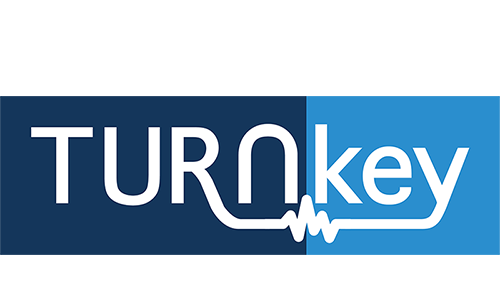A communication guide to fight earthquake misinformation

COVID-19 pandemic has demonstrated how fast misinformation can spread worldwide, leading to societal behaviours that negatively impact risk mitigation. Yet, health crises are not the only contexts where misinformation proliferates. Recent earthquakes in, e.g., Haiti (2010), Palu (2018), and Albania (2019) have been scenario of a hampered response of the public to the earthquake crises because of the spread of misinformation.
Can dangerous or hurtful public responses be avoided by fighting the spread of misinformation? If yes, how? To tackle this issue with a particular focus on earthquakes, an international group of social scientists, seismologists, and statisticians banded together. They identified the most common myths related to earthquakes, assessed their degree of truthfulness, and composed a communication guide. The communication guide aims at supporting institutions, scientists and practitioners communicating earthquake information to the public. Besides general recommendations on how to best mitigate and fight the spread of misinformation, the guide provides a timeline to facilitate the strategic planning of one’s communication efforts. It also contains specific advice on how to deal with the most common earthquake myths including predicting earthquakes, creating earthquakes, and climate related earthquakes. The guide is another great result of the great synergy repeatedly demonstrated between TURNkey and the European project RISE.
The guide can be downloaded from the ETH (RISE Project Coordinator) online repository at this link.

